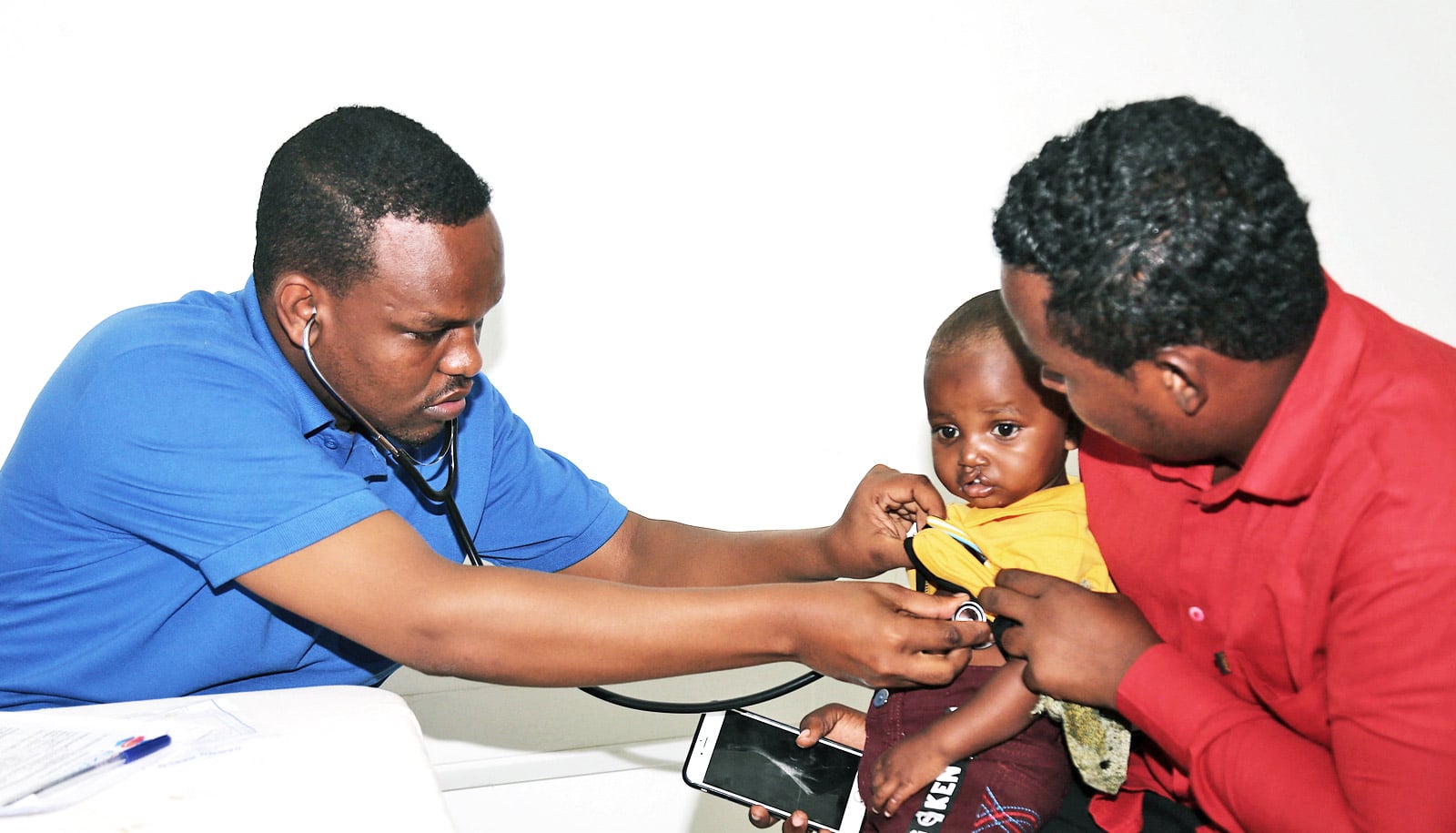New research links gene mutations that cause cleft palates to spina bifida and other neural tube defects.
The gene in question is known as interferon regulatory factor 6, or IRF6.
Spina bifida, which affects up to 2,000 infants per year, is one of the most common birth defects in the United States. It occurs when the neural tube, the area where the brain and spinal cord form, does not close in the embryo and leads to incomplete development.
“We’re all on the hunt for the reasons when, how, and why birth defects happen.”
“Despite its high frequency, spina bifida remains among the least understood structural birth defects,” says Brian Schutte, associate professor of microbiology and molecular genetics in pediatrics and human development at Michigan State University and the study’s senior author.
“There’s strong evidence that genetic factors are a leading cause of these defects, but in most cases, the cause is unknown. Our study is the first to demonstrate that DNA variants in the gene IRF6 can cause spina bifida.”
The research also identified a mechanism that explains how altering IRF6 leads to neural tube defects and links the gene’s function to two other genes—TFAP2A and GRHL3—that are also required for the development of the neural tube, lip, and palate.
“We’re all on the hunt for the reasons when, how, and why birth defects happen,” says Youssef Kousa, lead author and a clinical fellow in the Division of Child Neurology at Children’s National Health System. “Our main goal is prevention, and now we’ve identified a group of genes that can potentially contribute to common types of birth defects including craniofacial, as well as neural tube defects.”
After testing multiple genetic pathways in preclinical models at Michigan State, Schutte enlisted the help of geneticists across the country to test for an association in patient populations. Their collaborators sequenced decades worth of genetic samples from people who had spina bifida, as well as anencephaly, a rare birth defect in which a baby is born without parts of the brain and skull.
They discovered that IRF6, in conjunction with TFAP2A and GRHL3, were all components of a gene regulatory network required for neurulation, a process that results in the neural tube bending, then fusing to become the basis of the embryo’s nervous system, from brain to spinal cord.
According to Kousa and Schutte, this network also is key to the formation of the lip, palate, limbs, and skin, which all develop at different times during an embryo’s formation and is a fundamental pathway during this critical stage.
Yet, when a gene such as IRF6 produces too much or too little of a protein, then things can start to go wrong, resulting in birth defects.
“As we get better at personalized medicine, we could use this information to one day help counsel families about their own risk and protective factors,” Kousa says. “If we know the genetic pathway, we might also be able to modify it to prevent these defects.”
The study, which the National Institutes of Health funded, appears in Human Molecular Genetics.
Researchers from Stanford University, University of Texas at Austin, the University of Texas Health Science Center at Houston, the University of Texas School of Public Health, the University of Iowa, the University of Pittsburgh, Duke University, Massachusetts General Hospital, the University of Southern California, the University of Colorado Denver, and Nagasaki University also collaborated on the study.
Source: Diedtra Henderson for Children’s National Health System (Original release) via Michigan State


